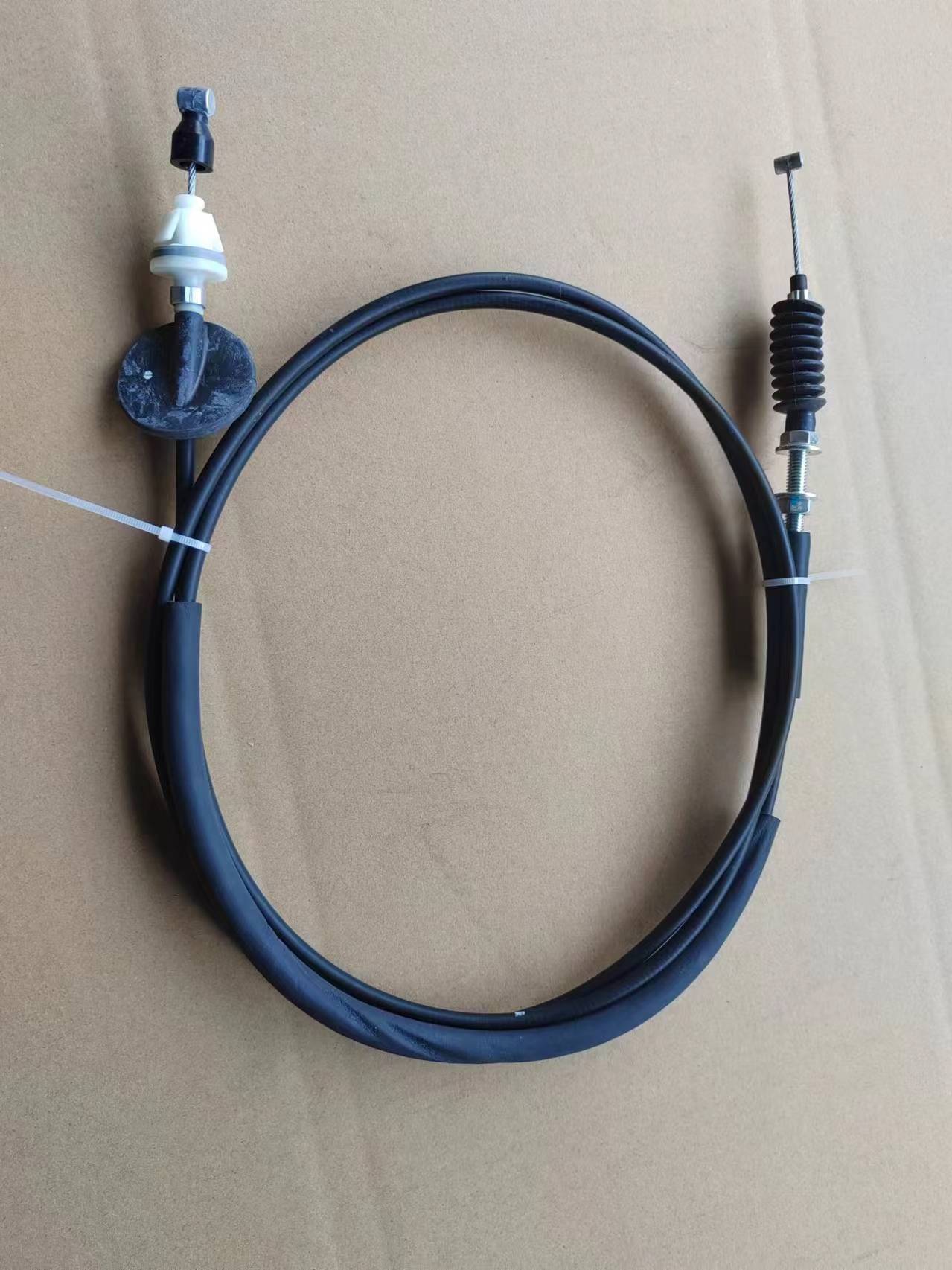throttle and cable
Understanding Throttle and Cable The Heart of Engine Control
When it comes to the inner workings of an engine, especially in vehicles like motorcycles, cars, and boats, the throttle system plays a pivotal role in controlling speed and power. At the heart of this system lies the throttle cable, a key component that enables drivers to manipulate the engine's performance efficiently. In this article, we will delve into the intricacies of throttle systems and the importance of throttle cables in automotive applications.
What is Throttle?
The throttle is a valve that controls the airflow into the engine's combustion chamber. By managing the amount of air entering the engine, the throttle influences how much fuel is injected, thereby regulating the engine's power output and speed. When you press the accelerator pedal or twist the throttle grip on a motorcycle, you are essentially opening the throttle, allowing more air (and fuel) into the engine, which results in increased power and acceleration.
Types of Throttle Systems
Historically, throttle control was accomplished using mechanical cables that directly connected the accelerator pedal to the throttle valve on the engine. This setup is commonly referred to as cable throttle. However, advancements in technology have led to the development of electronic throttle control (ETC) systems, also known as drive-by-wire systems. In these systems, sensors detect the driver’s intent (such as pedal position) and a computer adjusts the throttle opening accordingly, eliminating the need for a physical cable.
Despite the rise of electronic systems, throttle cables remain popular in many applications due to their simplicity and reliability. They consist of a flexible cable that runs from the accelerator pedal to the throttle body, transmitting the driver's input to adjust engine power.
The Importance of the Throttle Cable
The throttle cable is the physical link between the driver and the engine's performance. It enables precise control over the engine's power delivery, providing a direct response to driver input. Here are a few key reasons why the throttle cable is crucial
1. Direct Control
Throttle cables offer a straightforward and immediate connection between the driver's actions and the engine's performance. This allows for a responsive driving experience, as the engine reacts instantaneously to acceleration inputs.
throttle and cable

In many vehicles, a mechanically operated throttle cable is simpler and more reliable than electronic systems. With fewer components subject to failure, the likelihood of encountering issues is reduced. Regular maintenance and occasional replacement of the throttle cable can ensure long-term performance without the complexities associated with electronic systems.
3. Tuning and Performance
For automotive enthusiasts and tuners, a throttle cable can provide a range of tuning options. Adjusting the cable tension or replacing it with a performance cable can enhance throttle response and overall engine performance. This flexibility allows for modifications that cater to specific driving styles or racing applications.
Maintenance of Throttle Cables
While throttle cables are designed to be durable, they do require some level of maintenance to ensure optimal performance. Here are some tips
1. Regular Inspection Check the throttle cable for wear, fraying, or any signs of damage. Regular inspections can prevent unforeseen failures.
2. Lubrication Applying a suitable lubricant to the cable can reduce friction, ensuring smoother operation and prolonging its lifespan.
3. Adjustment Ensure that the throttle cable is properly adjusted to allow for the correct amount of throttle response. This may require calibration according to the vehicle manufacturer’s specifications.
4. Replacement If the throttle cable shows significant wear or if the throttle response becomes sluggish, it’s vital to replace the cable promptly to avoid performance issues.
Conclusion
The throttle and throttle cable system is a fundamental aspect of vehicle performance. Understanding how this system works not only enhances one’s appreciation of automotive engineering but also helps in maintaining and tuning vehicles effectively. Whether you are a casual driver or an automotive enthusiast, recognizing the role of the throttle cable can lead to improved performance and a more engaging driving experience. Proper care and attention to this critical component can ensure that your engine responds precisely to your commands, delivering the power and speed you desire.
-
Workings of Clutch Pipe and Hose SystemsNewsJun.04,2025
-
The Inner Workings of Hand Brake Cable SystemsNewsJun.04,2025
-
The Secrets of Throttle and Accelerator CablesNewsJun.04,2025
-
The Hidden Lifeline of Your Transmission Gear Shift CablesNewsJun.04,2025
-
Demystifying Gear Cables and Shift LinkagesNewsJun.04,2025
-
Decoding Clutch Line Systems A Comprehensive GuideNewsJun.04,2025
